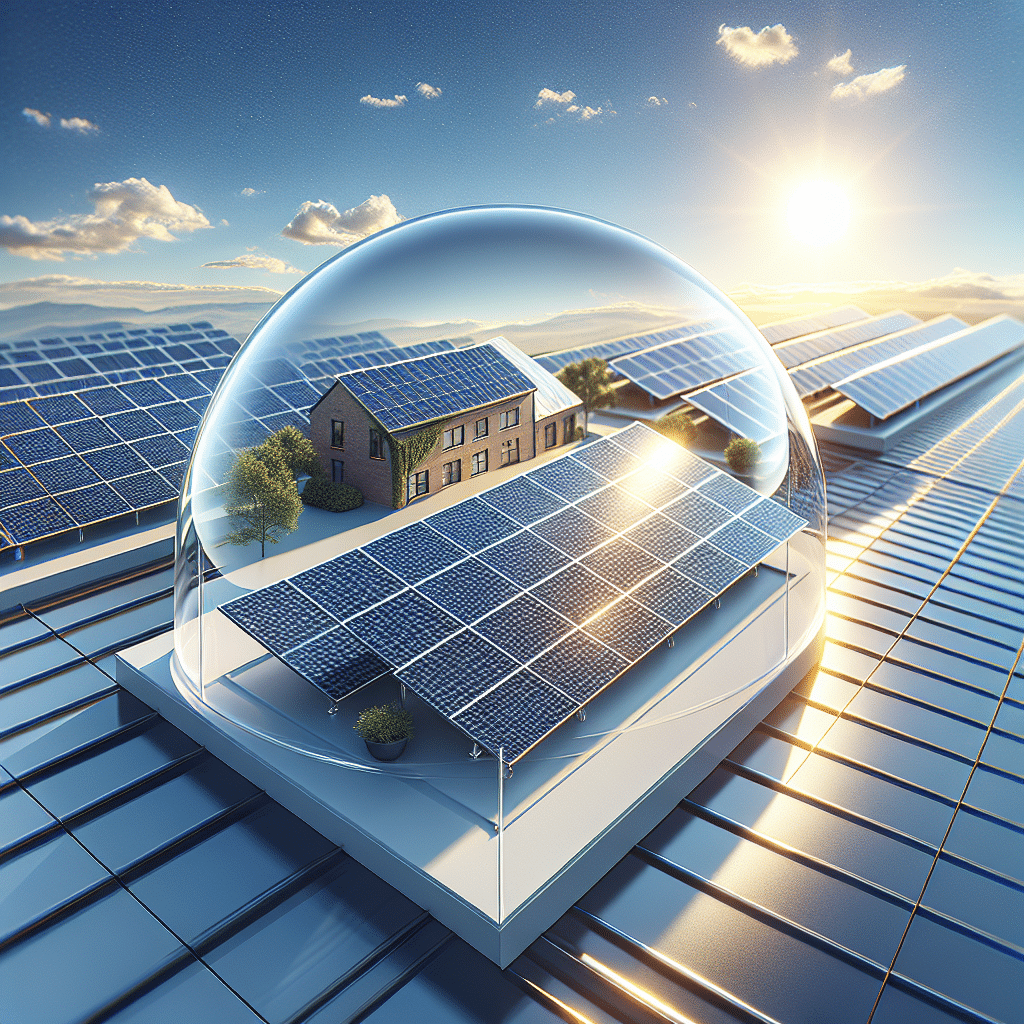Understanding Solar Panel Protection Covers
Solar panel protection covers have rapidly gained prominence as the solar energy sector expands. These covers serve as a vital accessory for solar panels, ensuring they remain efficient and have a prolonged lifespan. They protect against various environmental factors that can impede the performance of solar panels. This article delves into the intricacies of solar panel protection covers, exploring their types, benefits, features, and considerations for purchasing.
Types of Solar Panel Protection Covers
-
Weatherproof Covers: These are designed to protect solar panels from harsh weather conditions, including hail, snow, rain, and high winds. Typically made of durable materials, they offer a barrier against moisture and debris.
-
UV-Resistant Covers: UV rays can degrade the efficiency and structure of solar panels over time. UV-resistant covers are formulated with materials that block harmful ultraviolet rays, thereby preserving the integrity of the solar cells.
-
Dust Covers: In regions prone to dust storms or heavy pollen, dust covers are essential. They prevent the accumulation of dust and dirt that can obfuscate the solar panels and reduce their efficiency.
-
Bird-Proof Covers: Many solar panels become attractive nesting sites for birds. Specialized covers prevent birds from nesting beneath or on the panels, thereby avoiding potential damage from droppings and nests.
-
Frost and Ice Covers: In colder climates, frost and ice can inhibit solar panel performance. Covers designed to prevent frost buildup ensure that solar energy capture remains optimal even during winter months.
Benefits of Using Solar Panel Protection Covers
-
Enhanced Durability: The primary benefit of using protection covers is that they enhance the longevity of solar panels. By shielding them from harmful environmental factors, covers reduce wear and tear.
-
Increased Efficiency: Clean solar panels operate at maximum efficiency. Protection covers help keep panels clean from debris, dirt, and dust, ensuring that they absorb as much sunlight as possible.
-
Cost-Effective Maintenance: Preventing damage from environmental stressors can save you money in the long run. Covers can reduce the need for frequent cleaning and repairs.
-
Easy Installation and Removal: Most solar panel protection covers are designed for easy installation and removal. This feature allows users to quickly adapt to changing weather conditions.
-
Increased Resale Value: Solar panels in excellent condition not only function better but can also increase the resale value of your home. Good-quality covers can considerably prolong the life of the panels.
Key Features to Consider When Choosing Solar Panel Protection Covers
-
Material: Look for covers made from high-grade, weather-resistant materials. Options such as polyethylene, UV-resistant polyester, or breathable fabrics are often recommended for their durability and effectiveness.
-
Size and Fit: Ensure that the protection covers match the dimensions of the solar panels. Custom-sized covers offer the best protection as they adhere snugly to the panels, preventing exposure to elements.
-
Breathability: A cover should allow for ventilation to avoid moisture buildup underneath. This feature prevents mold and mildew, which can damage both the cover and the panels.
-
Weight and Ease of Use: While protection covers need to be strong, they should not be excessively heavy. Light-weight options are easier to handle, apply, and remove.
-
Warranty and Durability Rating: Check the warranty offered by the manufacturer and look for durability ratings. Reliable brands typically provide extensive warranties, ensuring confidence in their products.
Important Considerations for Purchasing Solar Panel Protection Covers
-
Climate and Location: Consider your regional climate when selecting covers. For instance, areas with heavy snowfall may require thicker insulation than those that experience high sunlight exposure.
-
Installation Process: Some covers may require additional fittings or equipment for installation. Assess whether you want a DIY solution or a professional installation.
-
Maintenance Needs: Examine the maintenance requirements of the protection cover. Some materials may need regular cleaning or specific care to maintain their efficacy.
-
Cost vs. Quality: While budget considerations are important, prioritize quality over cost. Investing in high-quality covers can provide better protection and thus offer better long-term value.
-
User Reviews and Manufacturer Reputation: Research customer feedback before making a decision. A reputable manufacturer backed by positive user experiences can often indicate quality and reliability.
Conclusion: Protecting Your Solar Investment
Investing in solar panels can lead to substantial savings on energy bills and a reduced carbon footprint. However, proper maintenance is essential to ensure they deliver optimal performance over their lifespan. Implementing solar panel protection covers is a proactive measure to safeguard this investment. By considering the types, benefits, features, and critical purchasing considerations, homeowners can ensure their solar systems remain efficient and durable for years to come. The right protection coverage not only enhances the functionality of solar panels but also contributes to a sustainable and environmentally friendly future.
